You should cache the TypeFace, otherwise you might risk memory leaks on older handsets. Caching will increase speed as well since it's not super fast to read from assets all the time.
public class FontCache {
private static Hashtable<String, Typeface> fontCache = new Hashtable<String, Typeface>();
public static Typeface get(String name, Context context) {
Typeface tf = fontCache.get(name);
if(tf == null) {
try {
tf = Typeface.createFromAsset(context.getAssets(), name);
}
catch (Exception e) {
return null;
}
fontCache.put(name, tf);
}
return tf;
}
}
I gave a full example on how to load custom fonts and style textviews as an answer to a similar question. You seem to be doing most of it right, but you should cache the font as recommended above.
Calligraphy is looks for the font in a pretty specific order, for the most part it's very similar to how the Android framework resolves attributes.
Define your default font using CalligraphyConfig, in your Application class in the #onCreate() method.
@Override
public void onCreate() {
super.onCreate();
CalligraphyConfig.initDefault(new CalligraphyConfig.Builder()
.setDefaultFontPath("fonts/Roboto-RobotoRegular.ttf")
.setFontAttrId(R.attr.fontPath)
.build()
);
//....
}
Initially i recommended to try the 1st approach, still if you faced the problem then go for 2nd approach (3rd party library)
Hope this will helps

